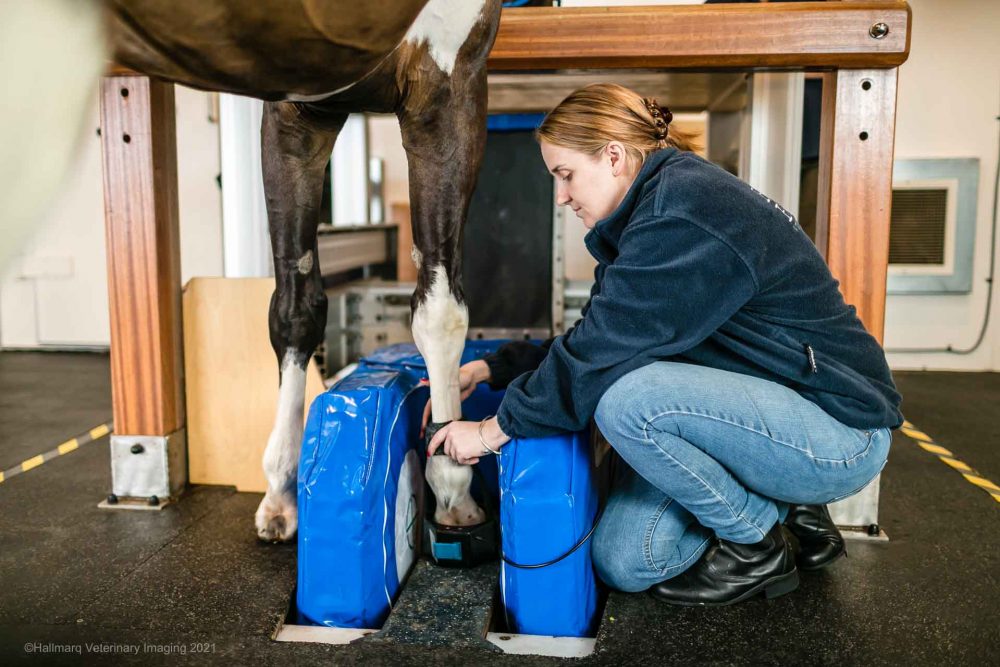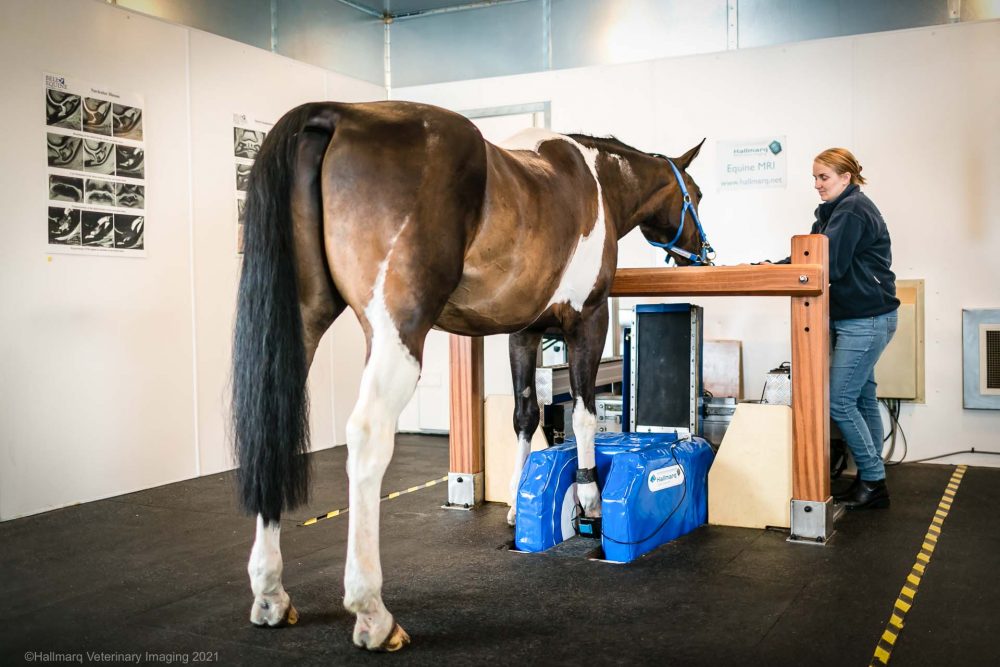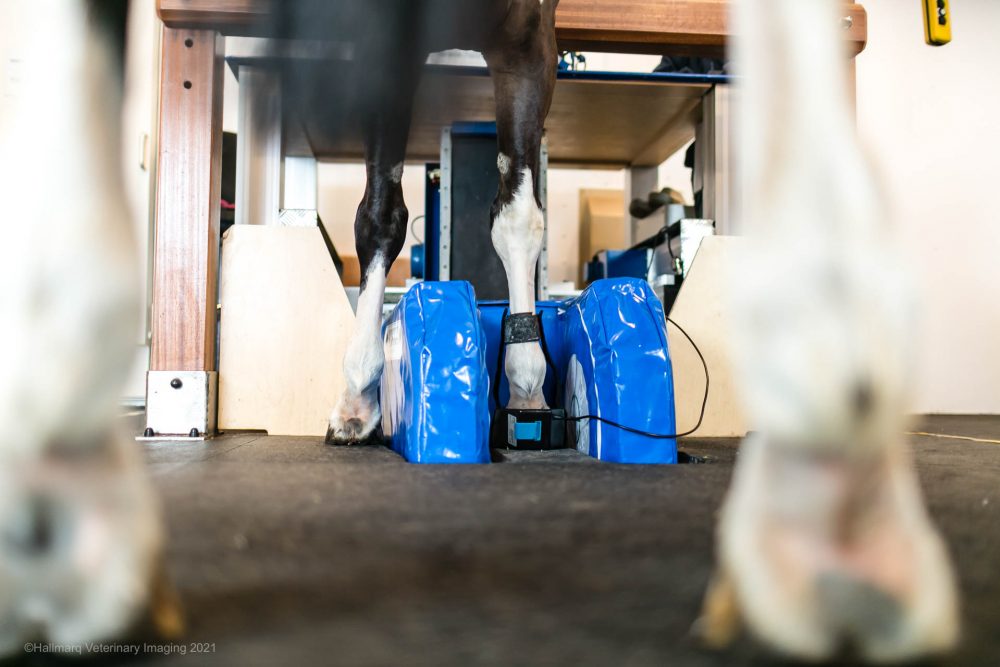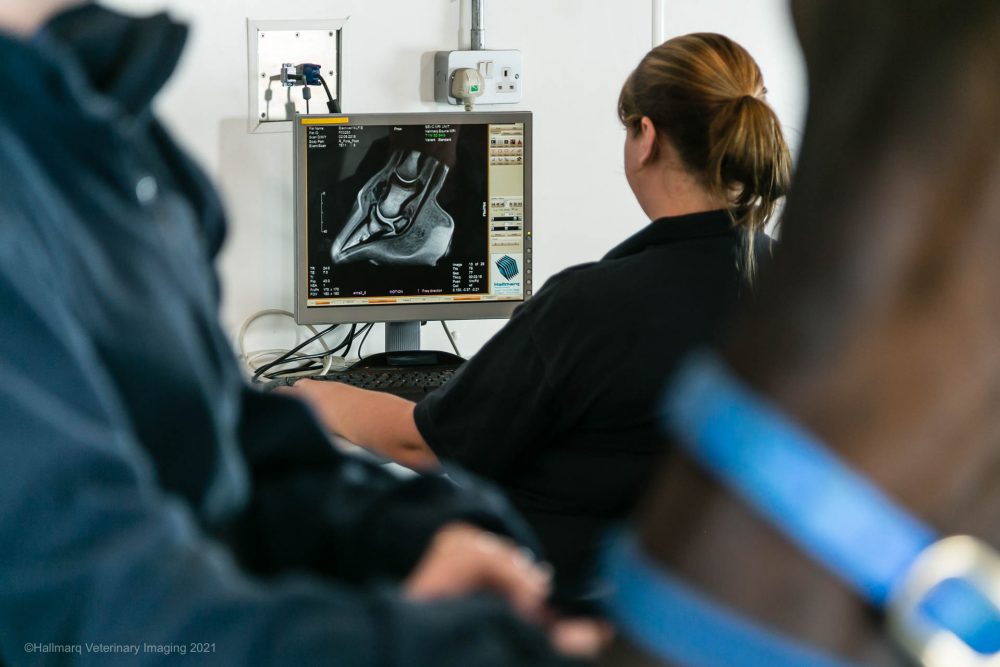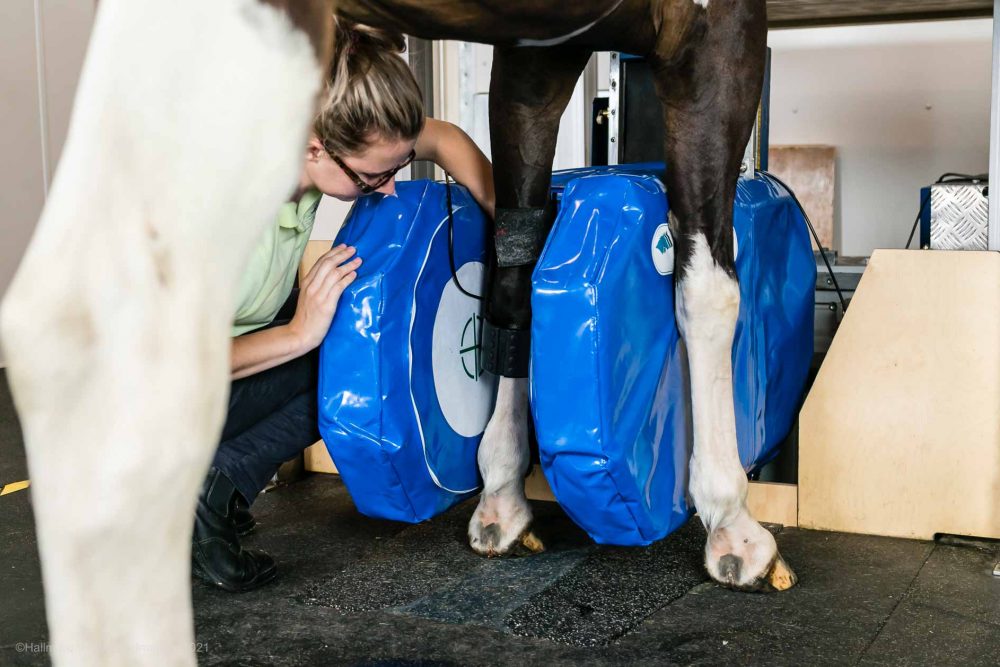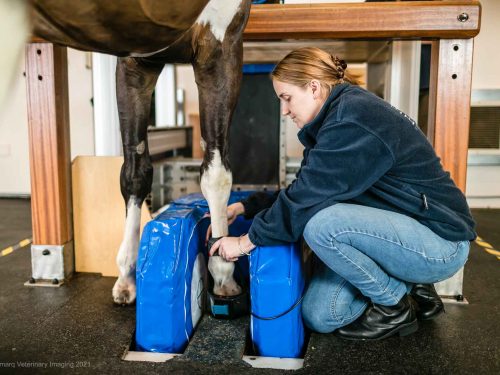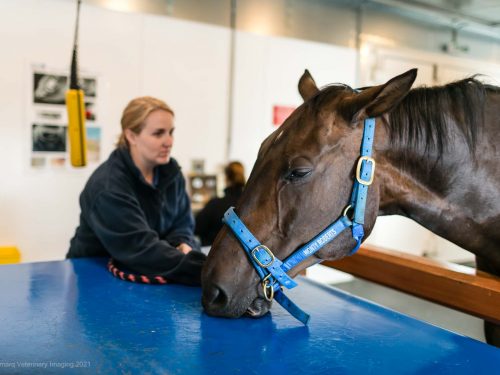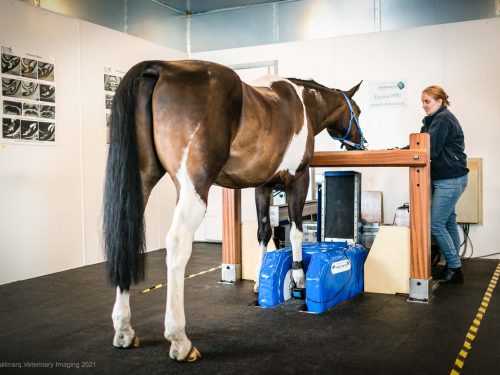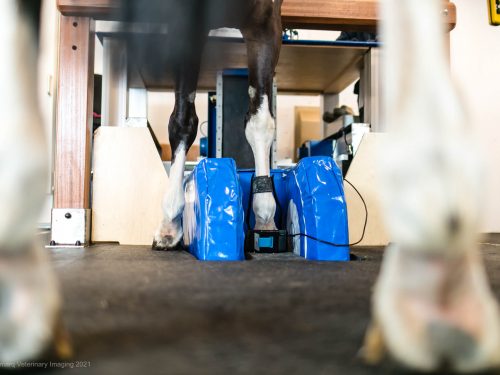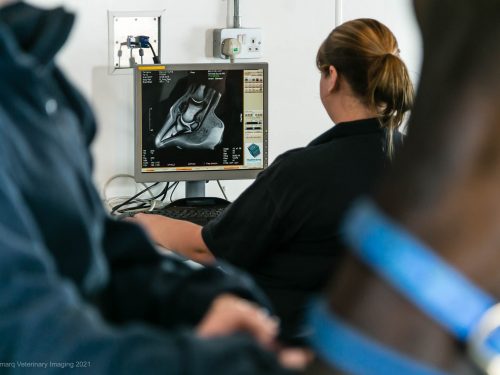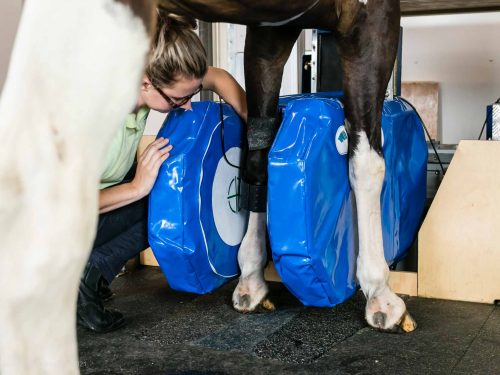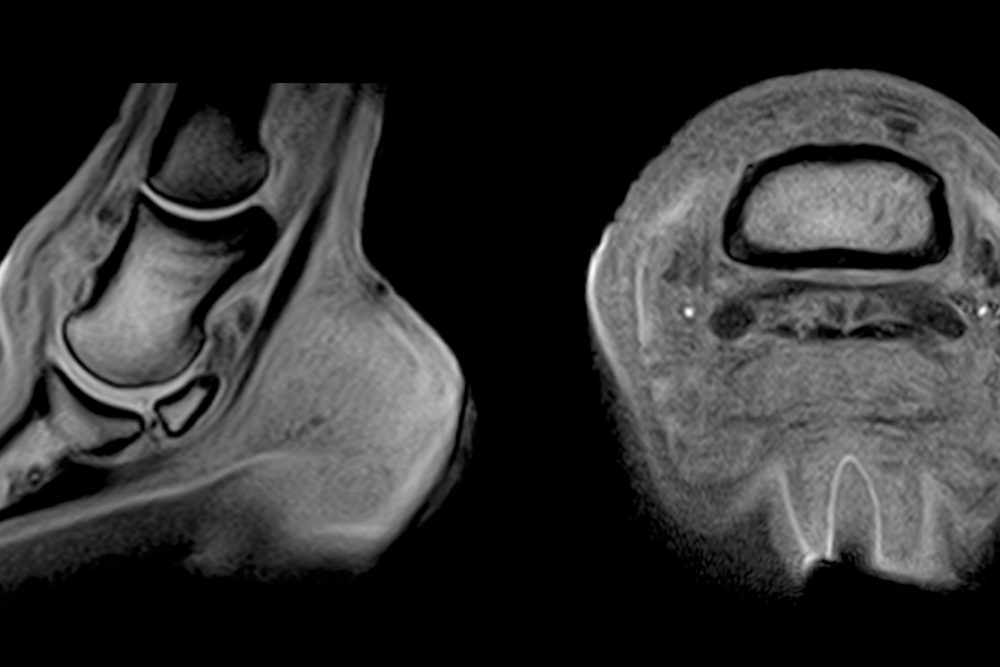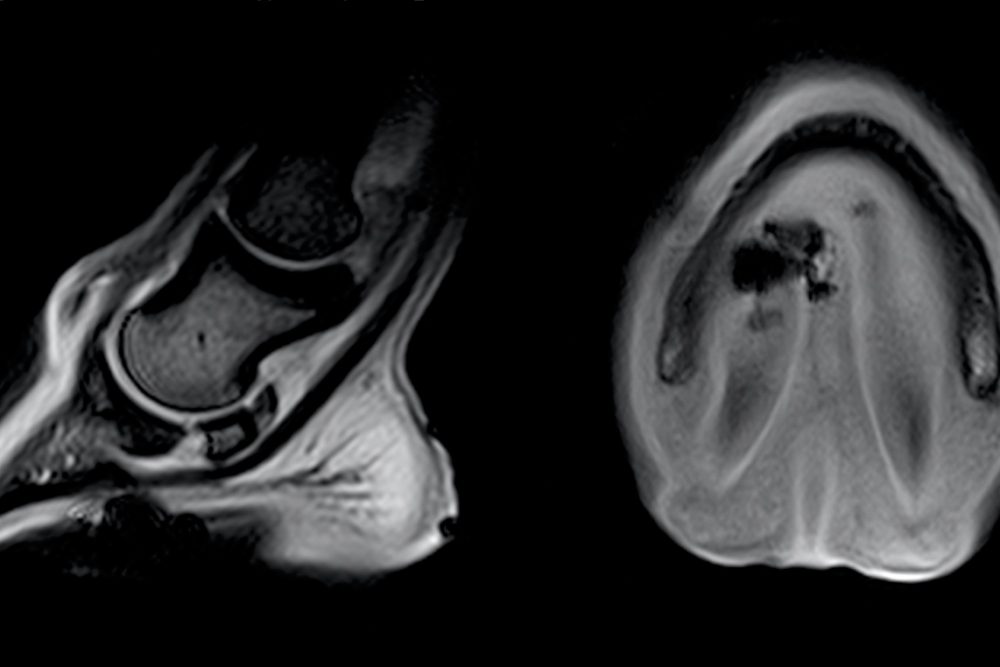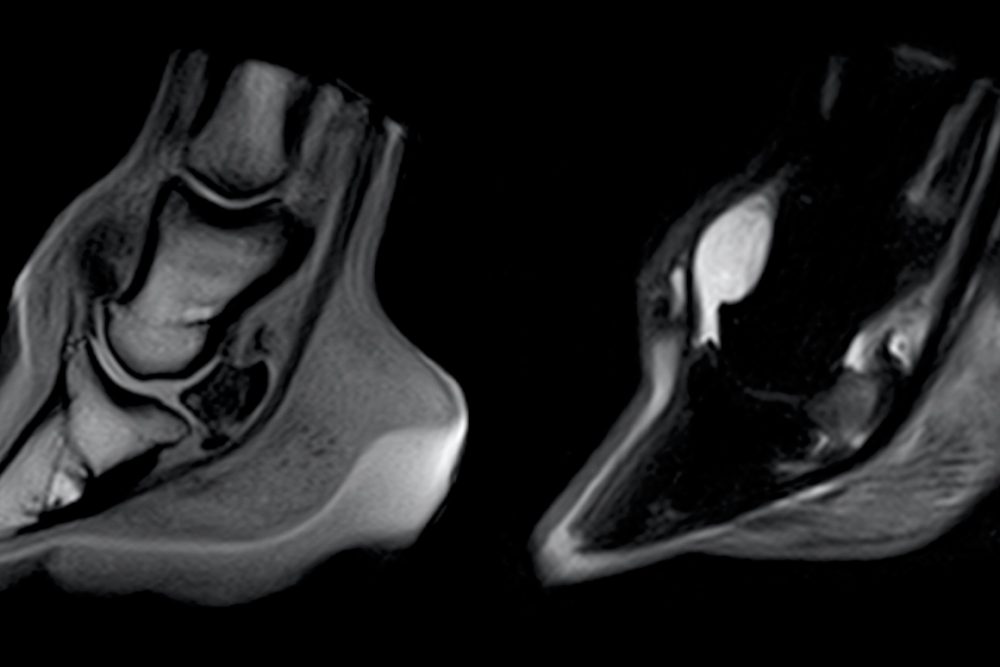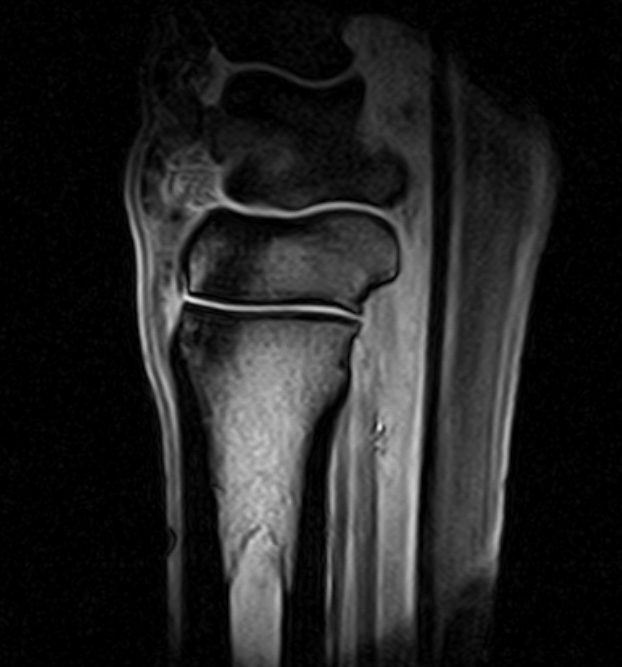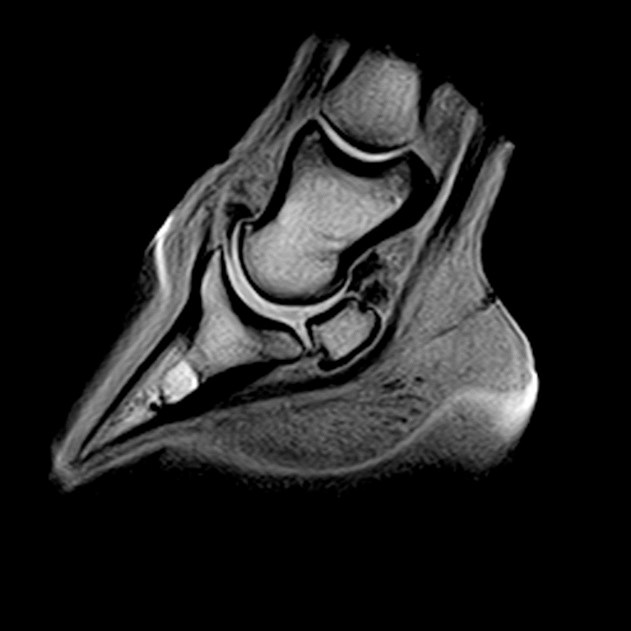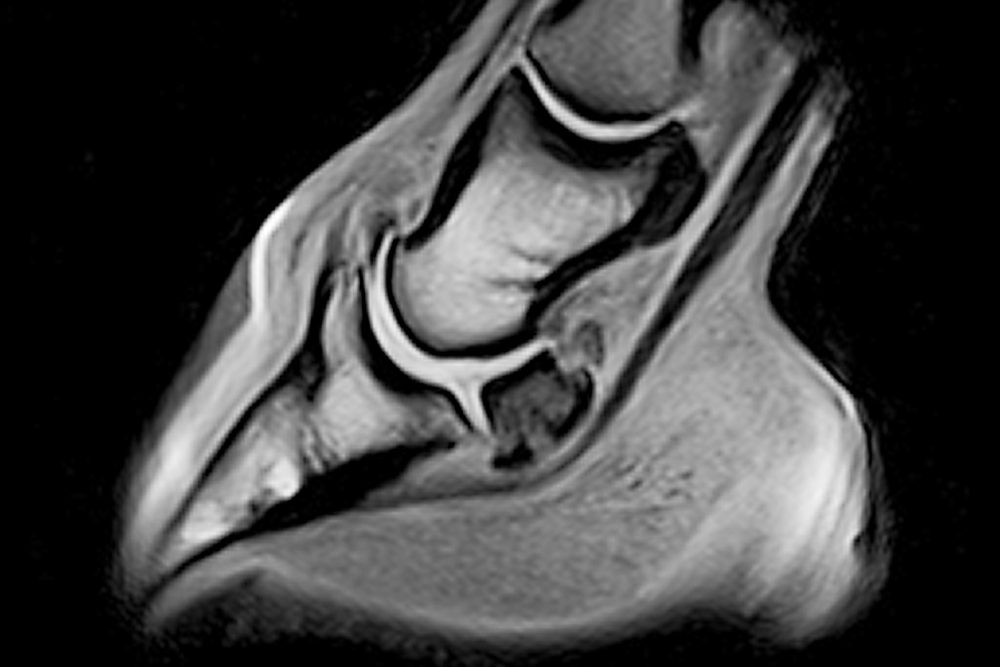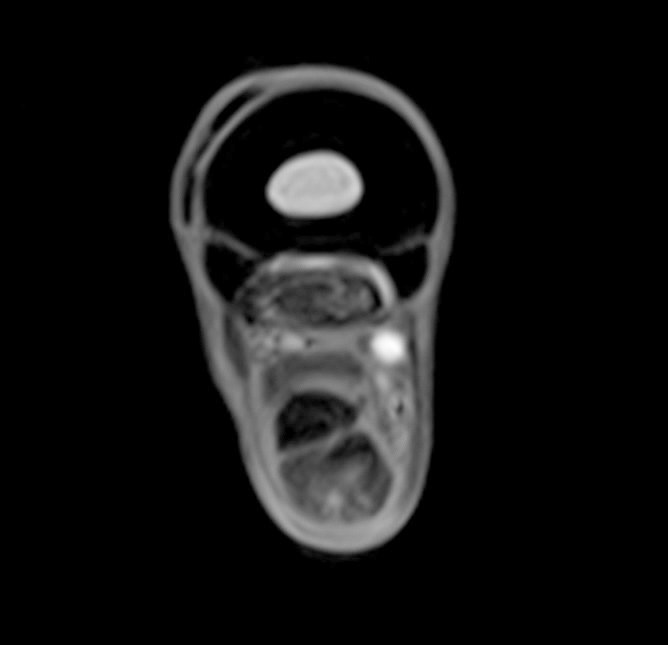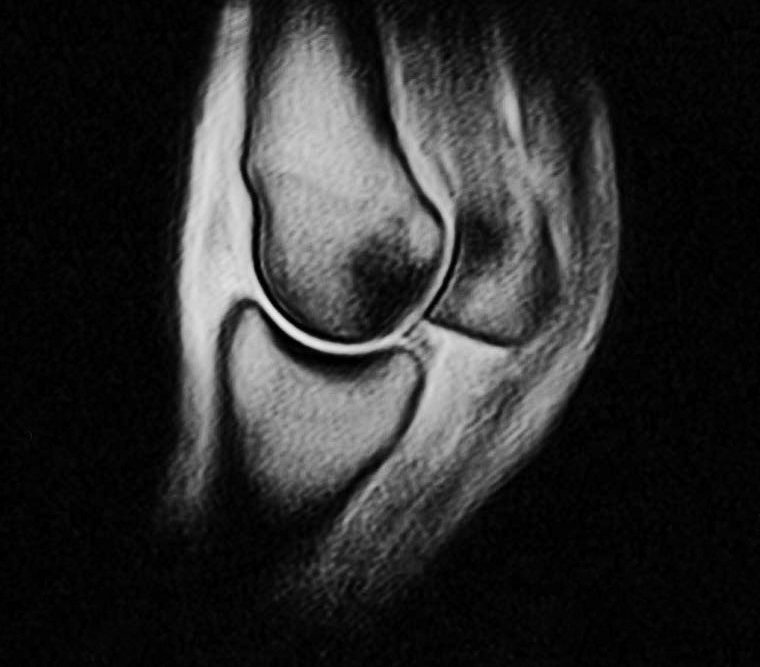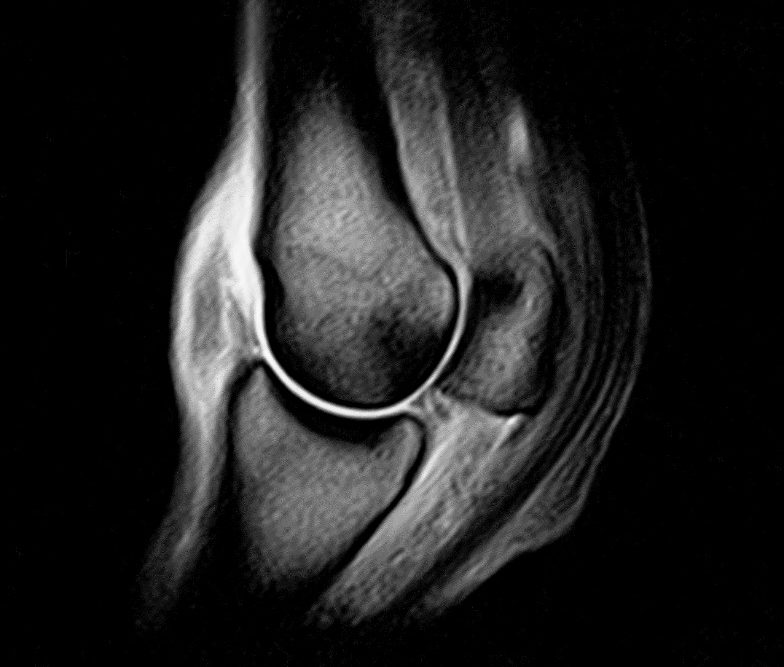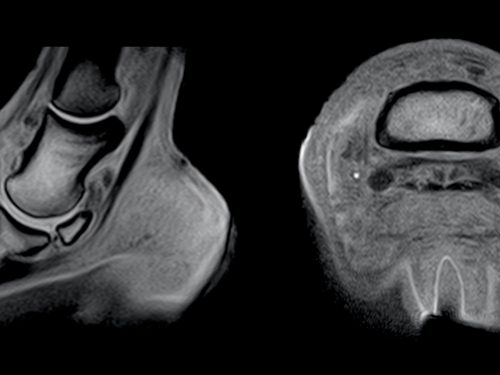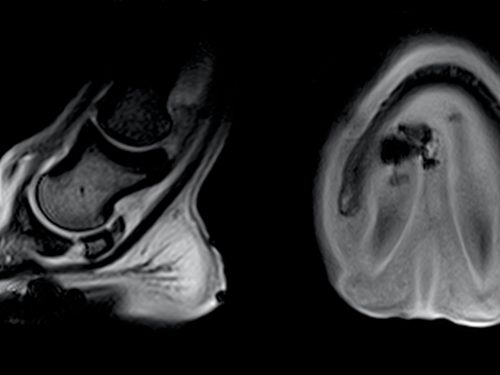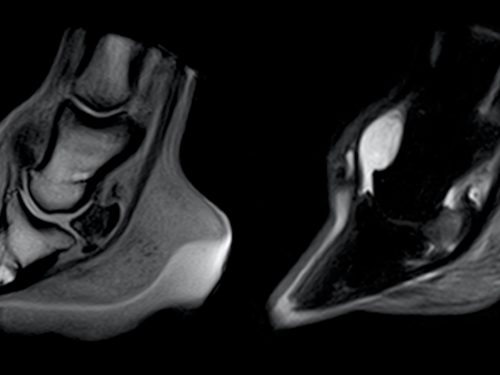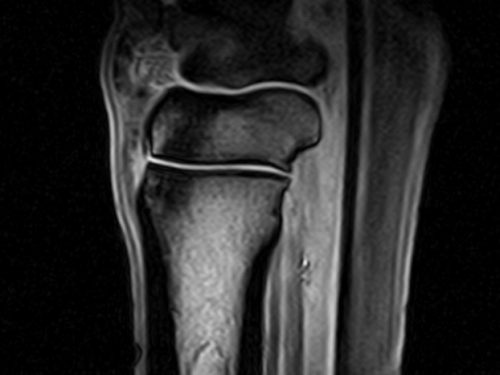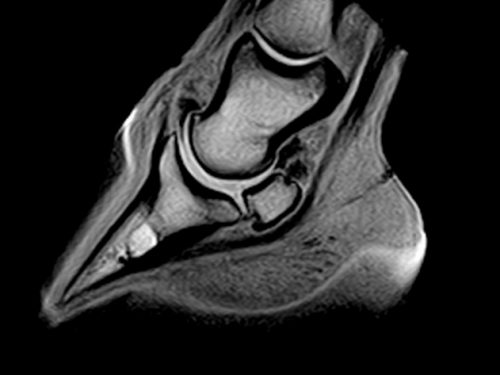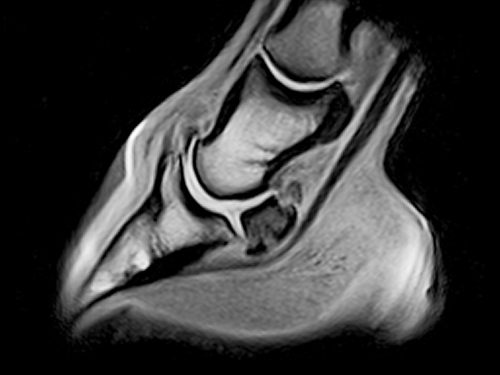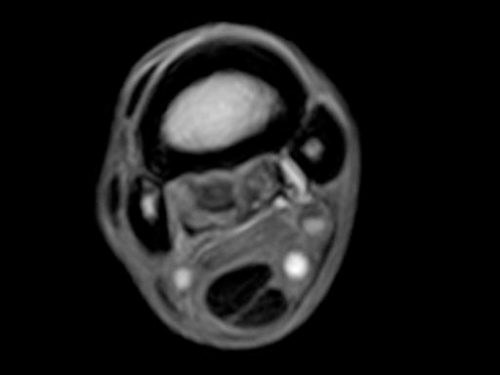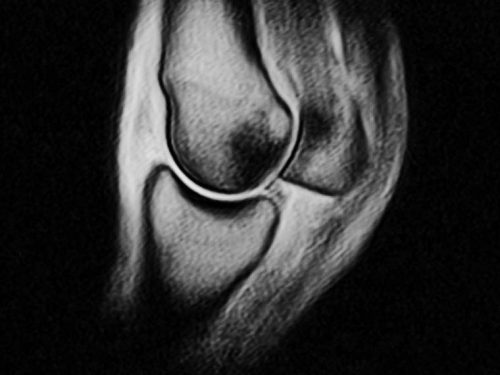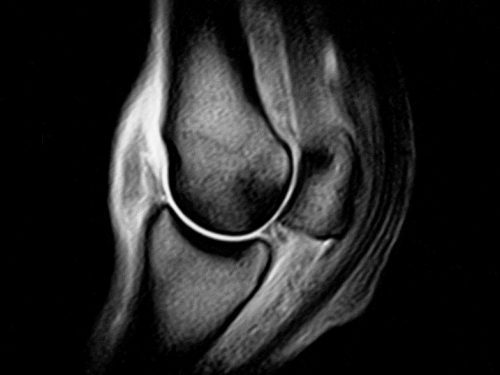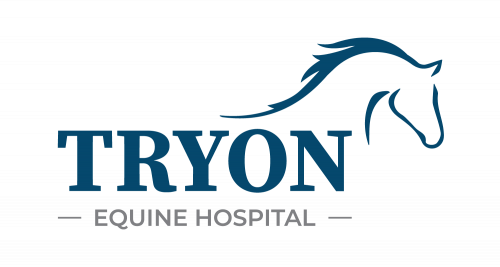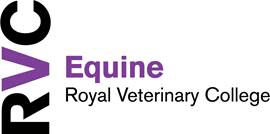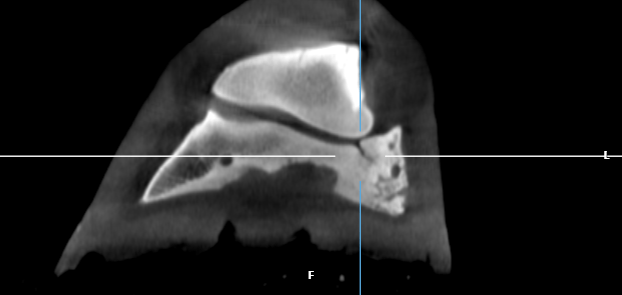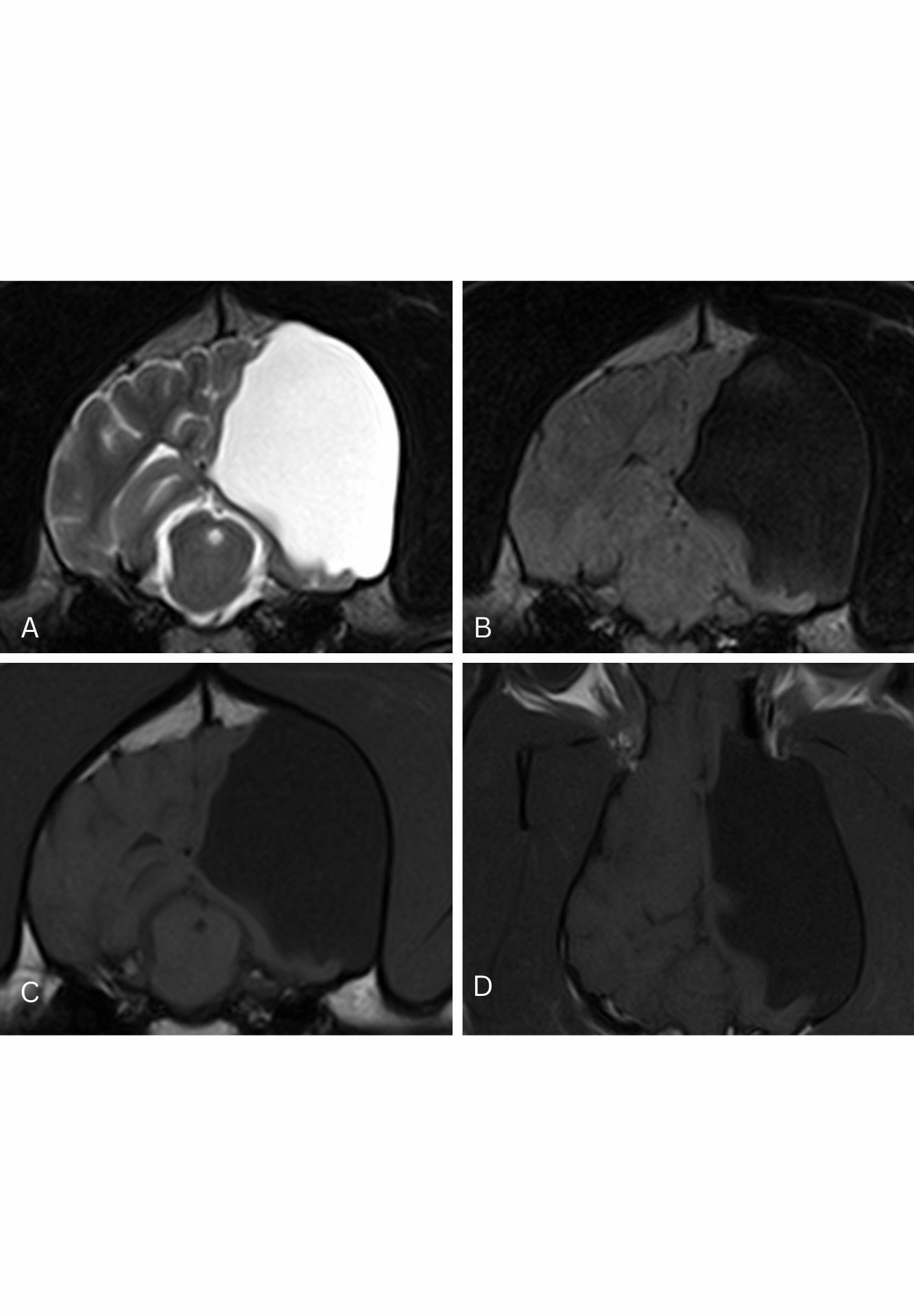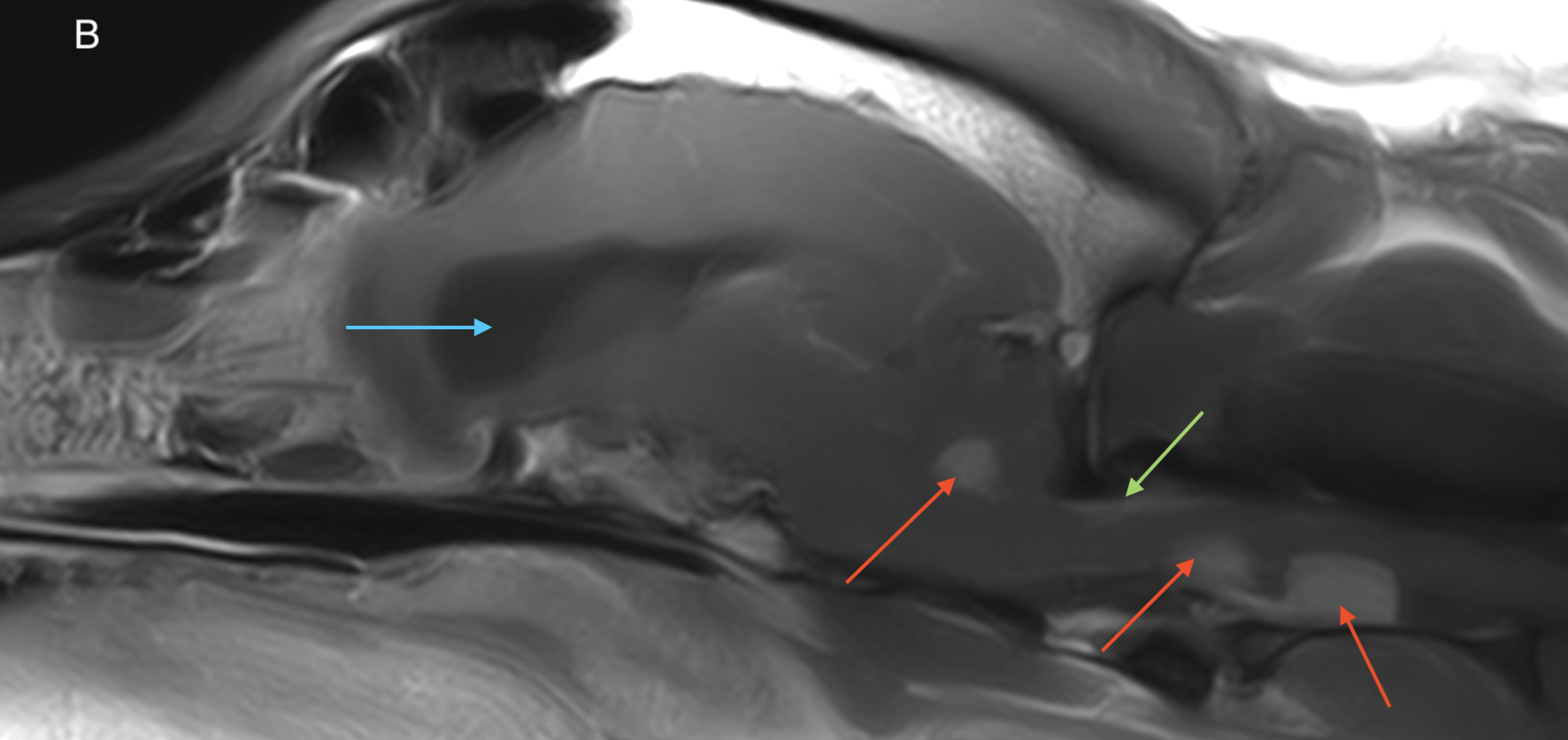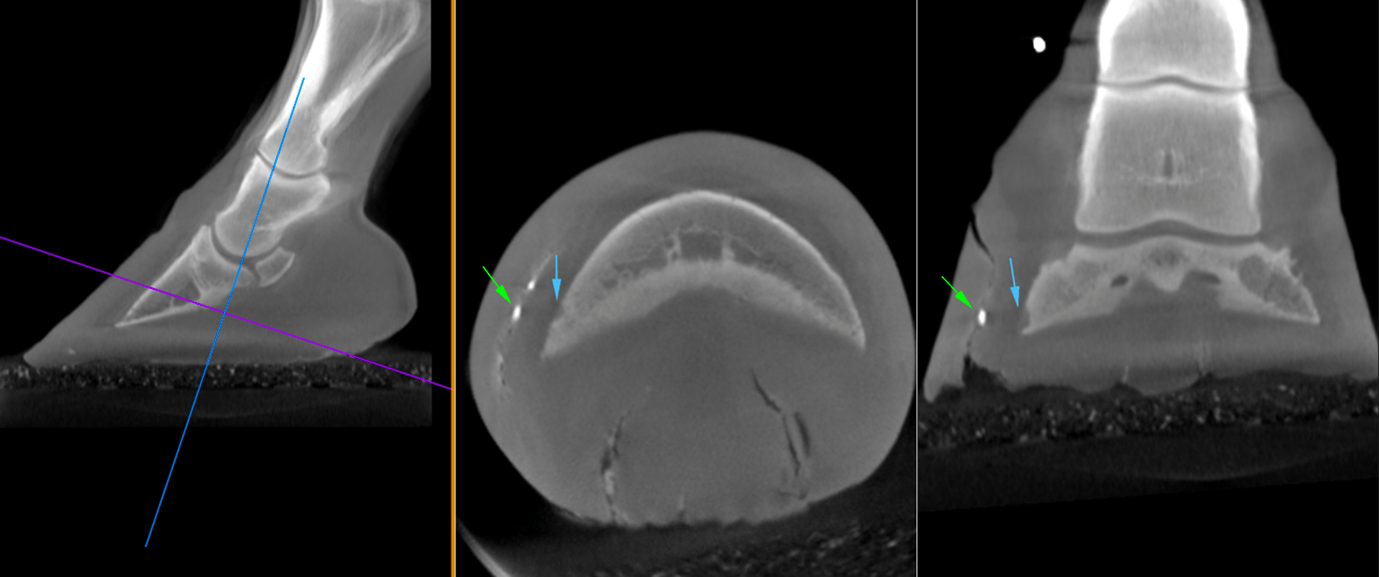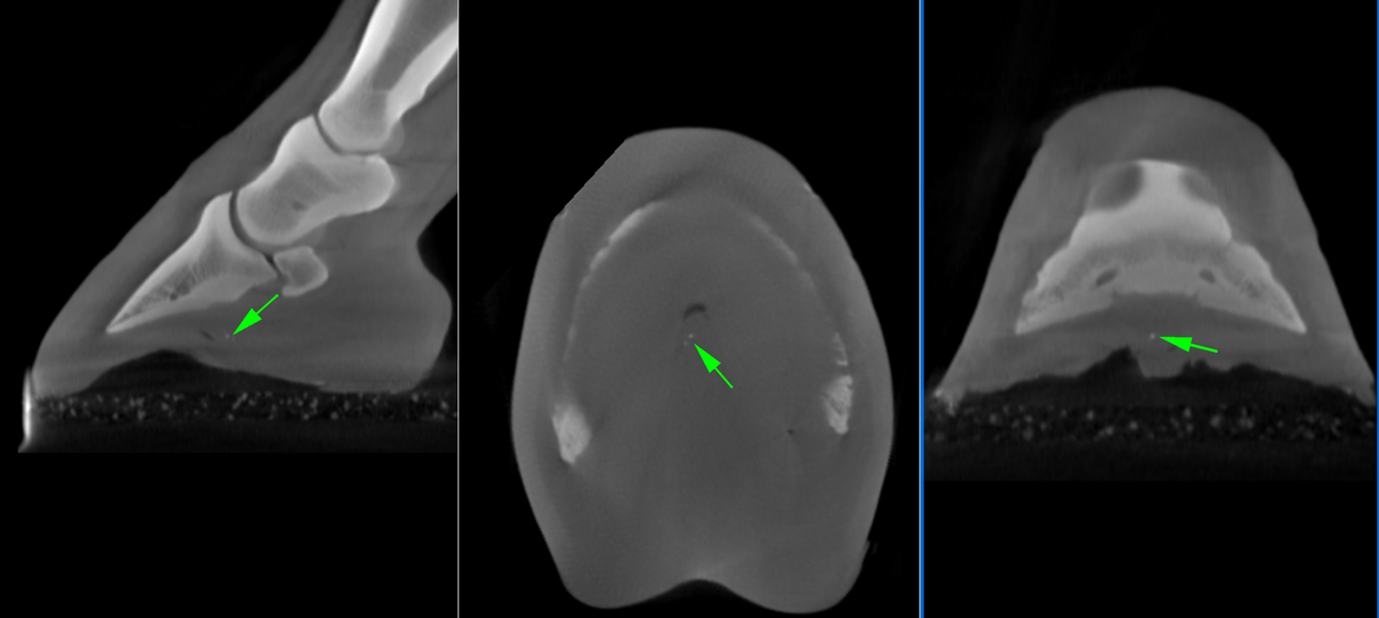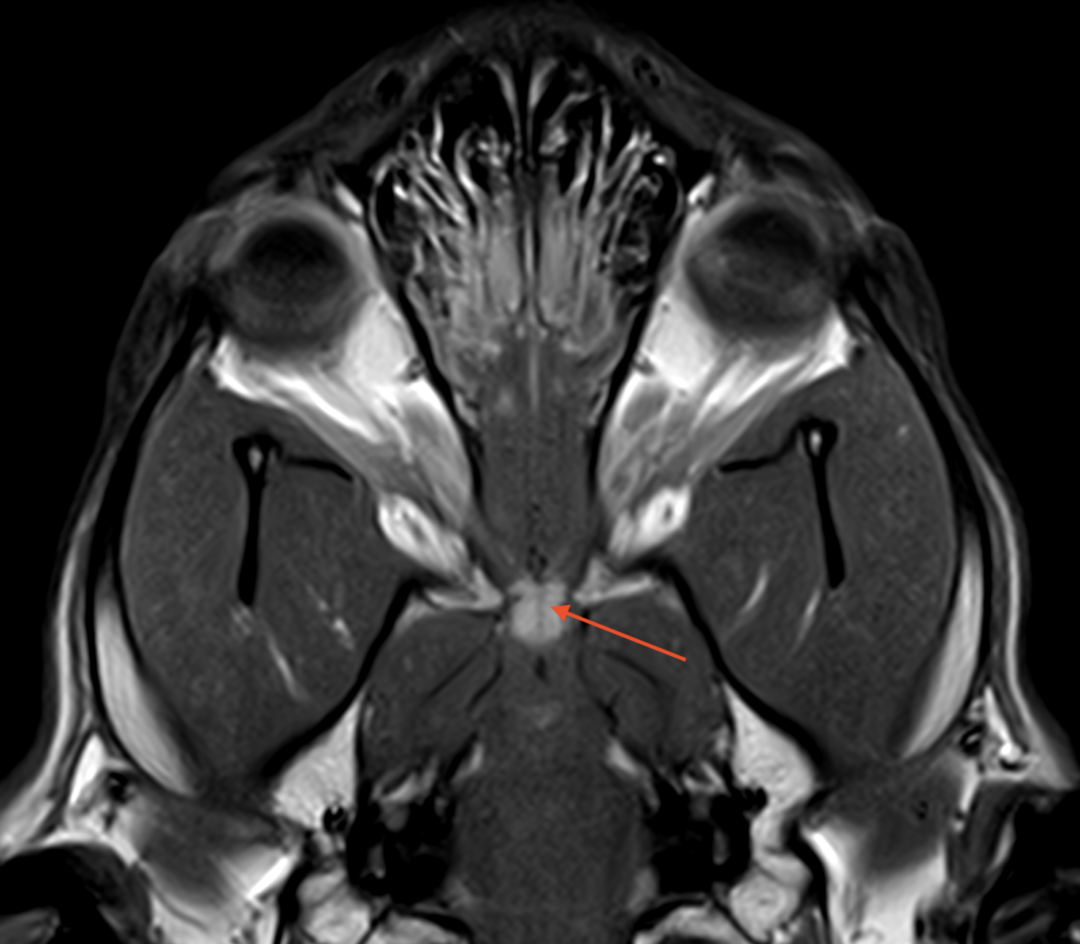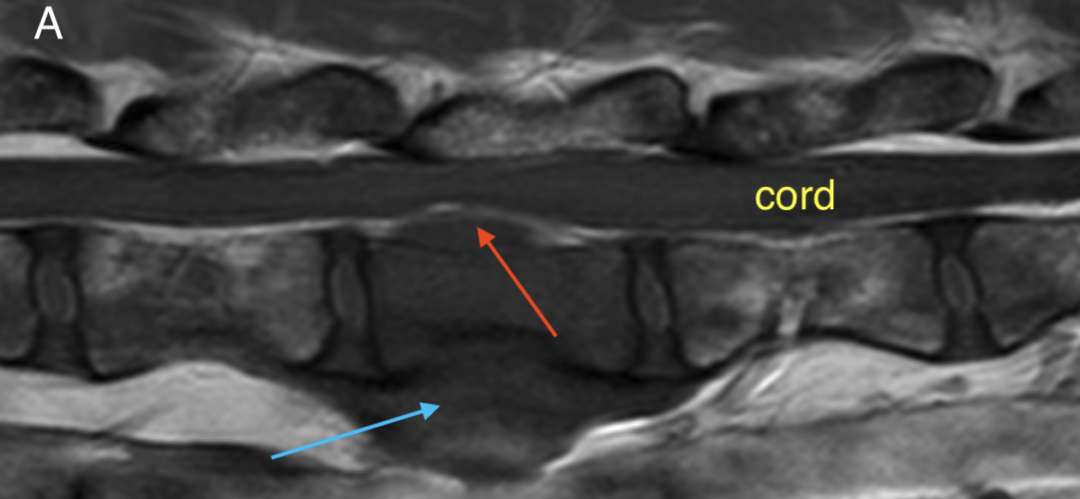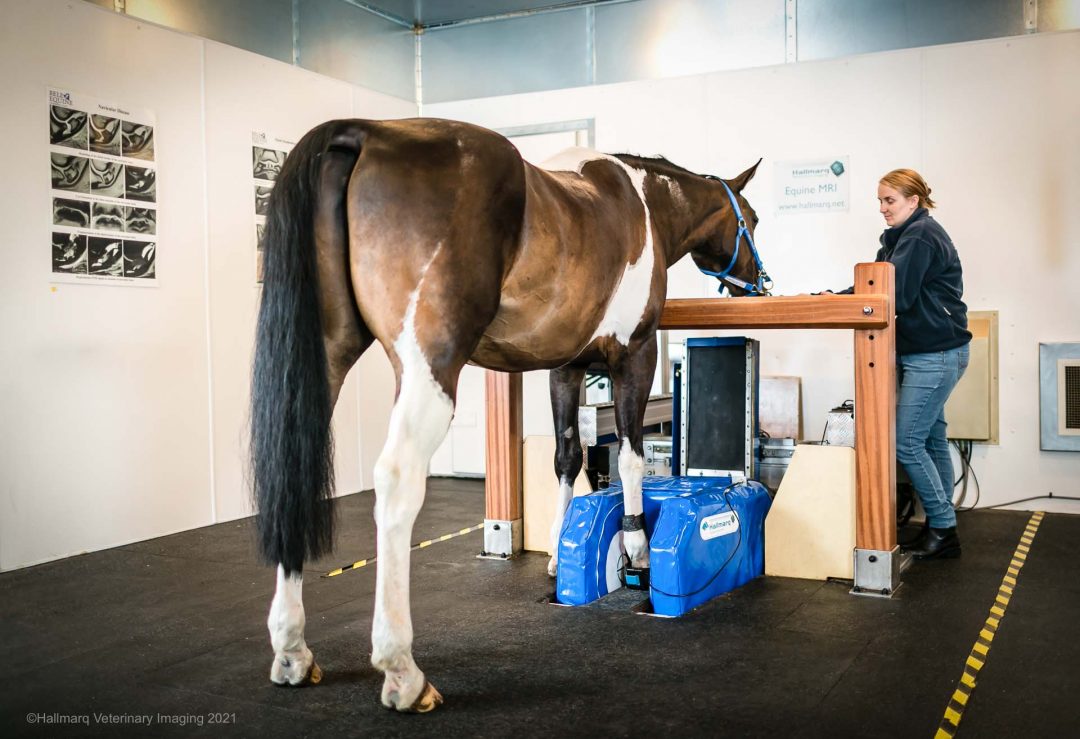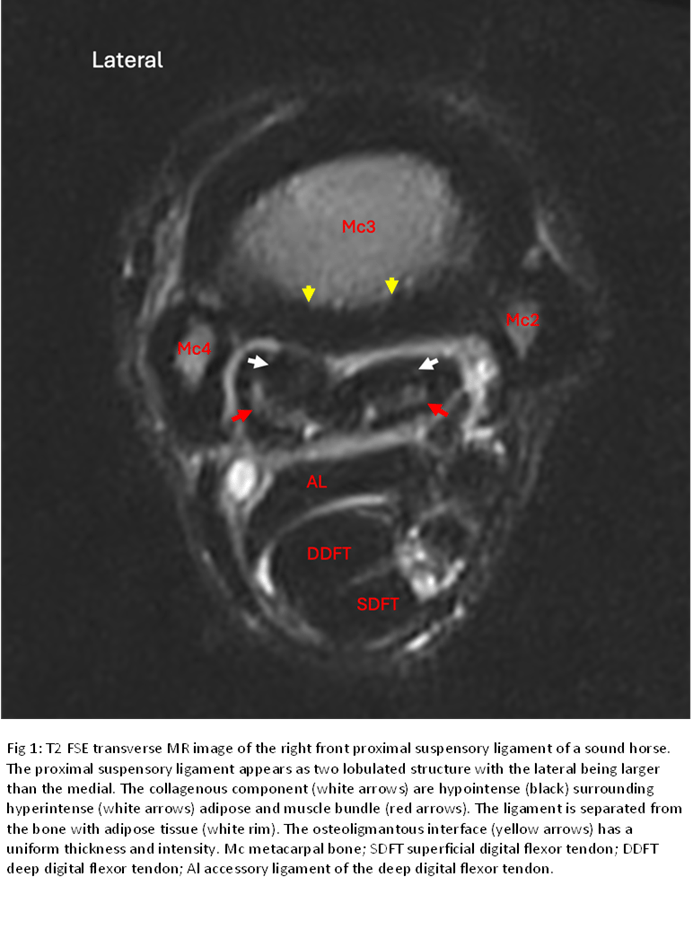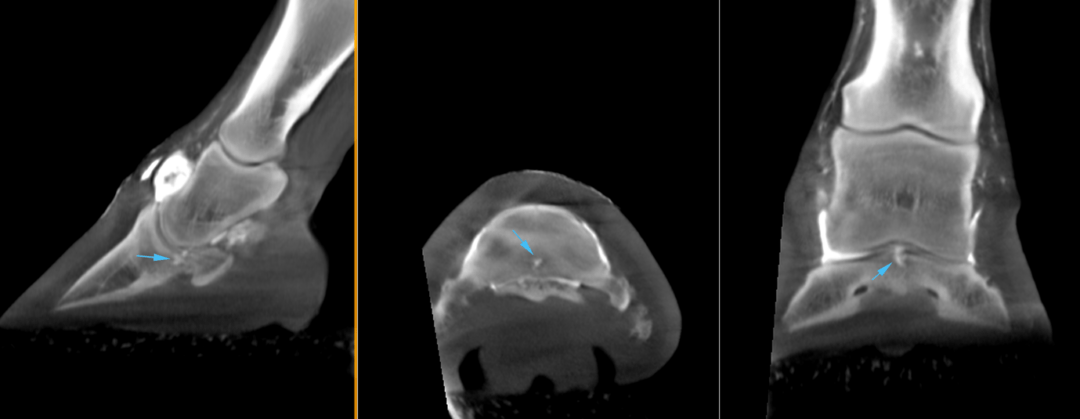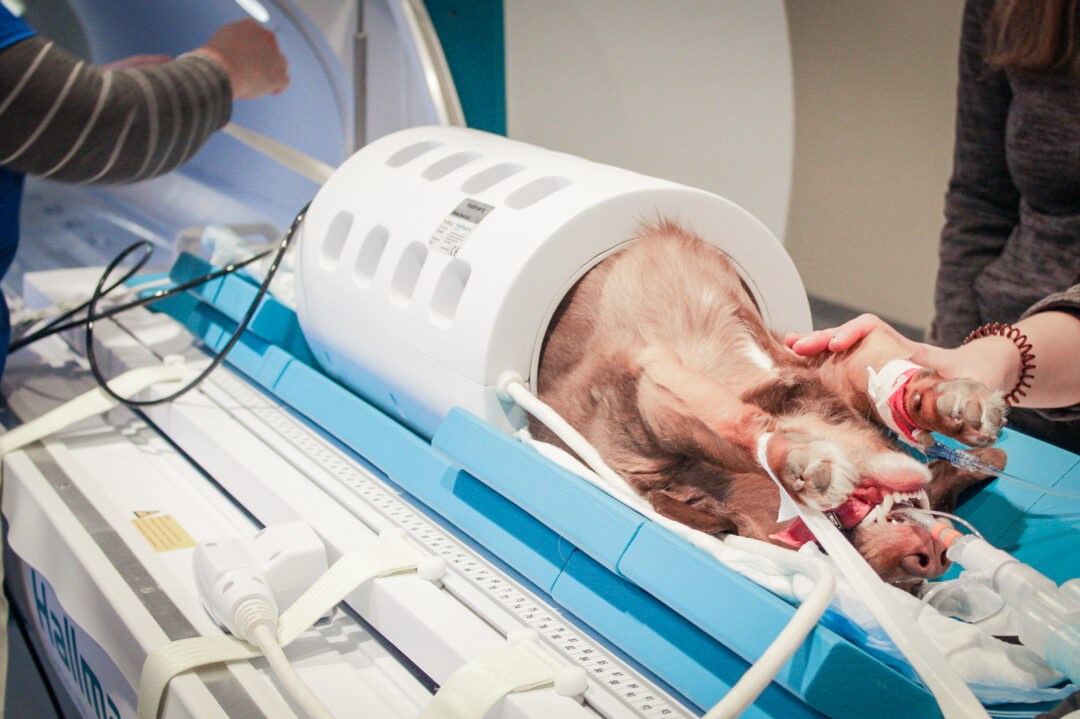
Introduction
How it works
Commonly, the outcome of a conventional lameness workup is a horse that blocks to a certain region but has no visible changes on X-ray or ultrasound. Response to treatment may be the only way to confirm or refute a potential diagnosis, and the horse may have to repeatedly return to the clinic for further examination. This pathway costs both time and money, while the patient may lose condition and the injury gets worse. By visualizing slices through tissue, MRI can quickly and precisely localize damage to both bone and soft tissues without the need for anesthesia.
- Diagnostic in over 90% of cases, Standing Equine MRI (sMRI) identifies the specific cause of lameness
- MRI is the only way to distinguish between the many different diseases underlying “navicular disease” in the foot
- MRI of the fetlock and knee allows racehorse trainers to modify training to prevent poor performance and avoid the risk of serious injury
Is space at a premium? Our Standing Equine MRI Modular Room could be the answer.
Features
Features & Benefits of sMRI
MRI without anesthesia
No risk to the horse makes it easier for your client to say yes to standing equine MRI than conventional “down” MRI.
From the ground up
The gold standard in diagnostic imaging from the hoof to the carpus or tarsus.
Award-winning motion correction software
Designed to compensate for any slight movement of the limb during image acquisition. Faster scan times means more cases and lower costs.
Seamless integration with PACS & DICOM standards
Our images can be read using standard workstation software. You have the freedom to choose your own radiologist for image interpretation.
Value add for your practice
Choose from a standard room or modular unit with our unique pay-as-you-go model. See the system pay for itself with just a handful of cases per month.
We’ve got you covered
With outstanding remote support, software upgrades, replacement RF coils and spare parts included in your annual contract.
Hallmarq’s Standing Equine MRI (sMRI) system brings the same diagnostic capability to equine clinical practice as human MRI, with the equine patient at the forefront of every design decision.
Details
Clinical uses of sMRI
Distal limb
Diagnosis of bony and soft tissue disease when more conventional imaging techniques are negative, unclear or access is difficult.
Navicular disease
MRI is the only imaging modality to provide an accurate diagnosis of this multifactorial disease, allowing for targeted treatment.
Where other imaging modalities fail
MRI identifies subtle lesions such as bone inflammation and early onset degenerative joint disease earlier than ultrasound and radiography.
Emergencies and surgical planning
When additional assessment to radiography is necessary (penetrating injury, fracture), standing MRI aids surgical planning without the need for anaesthesia.
Racehorses in training
Repetitive fast work can increase risk of fracture. Detection of early indicators with MRI can result in modification of training and catastrophic injury prevention.
Rehabilitation guidance
Monitoring progress optimizes treatment and speeds time to return to competition.
Detailed imaging
Clinical Case Gallery
Specifically designed to image the limbs of standing horses, our innovative and award-winning standing equine MRI scanner captures superb images for a more accurate diagnosis.
- Excellent diagnostic images of the hoof, all the way up to the carpus/tarsus regions.
- Patented design includes a unique open, thin poled magnet, bespoke equine optimized patient handling and equine specific RF coils.
- Award-winning motion correction software, to ensure accurate diagnosis of the standing horse under only mild sedation.
- Veterinary specific software includes an array of MRI scan options with equine optimized imaging protocols for efficiency and ease of use.
For real clinical examples from some of our installed scanners, please click to browse…
FAQs
Much has been learned about the causes of equine lameness since the advent of MRI. From the previously under-diagnosed, such as collateral desmitis of the distal interphalangeal joint, through the previously misunderstood, such as navicular syndrome, to the previously unknown, such as bone marrow oedema, MRI has revolutionised our ability to provide a diagnosis and improve prognosis in equine lameness.
MRI is unparalleled in providing images of both soft and bony tissues. Distinguishing water from fat, it highlights areas of pathology such as inflammation and bruising, in a way that radiography, CT, ultrasound or nuclear scintigraphy just can’t do. By imaging the region of interest in slices orientated in any 3D plane, a lesion can be visualised without superimposition of adjacent structures. Multiple views allow you to appreciate the full extent of the injury.
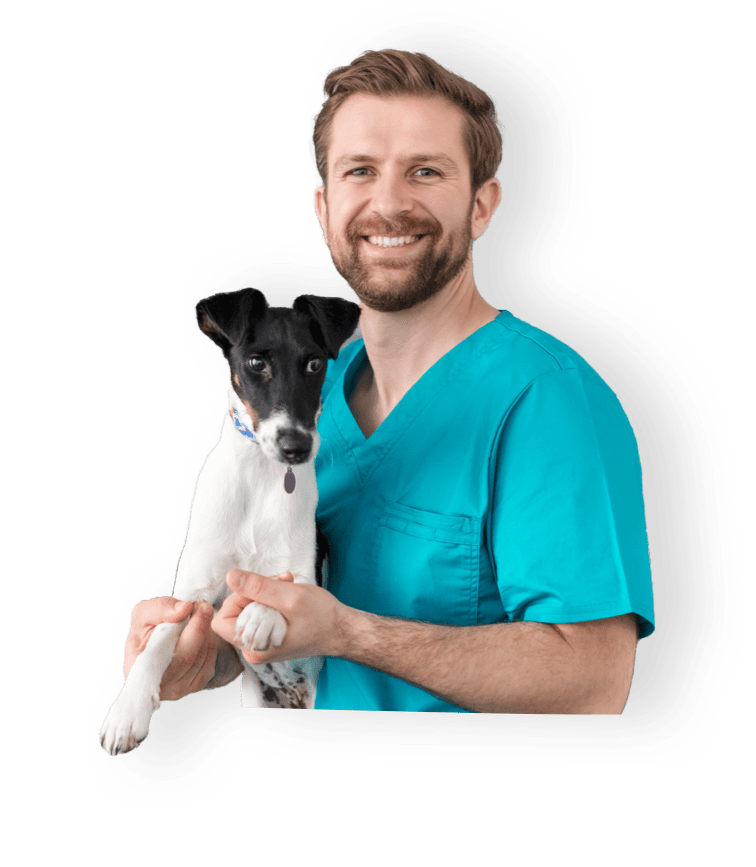
Q-Care
We are your trusted partner for advanced veterinary imaging.
Providing high quality images is just the beginning. We’re here to help optimise your imaging service – from initial inquiry through installation and beyond. We guarantee support along your imaging journey, with an unrivalled program designed to add value to your practice.
Details
Technical Specifications
In planning for the installation of your Hallmarq Standing Equine MRI system, the high-level technical specifications below should be taken into consideration. Please consult the Site Planning Guide for additional details.
| Magnet | |
|---|---|
| Magnet field strength | Field strength: 0.27 Tesla (+/- 0.02 Tesla) |
| Pole gap | 220mm (+/- 10mm) |
| Imaging volume | 140mm DSV |
| Homogeneity | <110 PPM (peak to peak) measured over a 150 mm DSV |
| Position | 3-dimensional magnet positioning system |
| Rotation | 90-degree magnet rotation |
| Movement device | Vertical and in/out motorised movement with manual control. |
| Manual left/right movement via side wheel. |
| Gradients | |
|---|---|
| Three orthogonal imaging gradients, plus one Z2 channel | |
| Maximum imaging gradient strength: 25 mT/m | |
| Maximum imaging slew rate: 75 mT/m/ms |
| RF Coils | |
|---|---|
| 4 x coils of different sizes for imaging the foot and lower limb |
| Electronics | |
|---|---|
| Spectrometer | Digital RF unit running at 11 MHz (+/- 1 MHz) |
| RF and gradient amplifiers | |
| Computer | Multi-core processor with dual solid-state drives |
| Windows 10 LTSC operating system | |
| Pulse sequence library with advanced motion correction | |
| 24″ wide screen monitor, mouse and keyboard |
| Software | |
|---|---|
| MRI software suite | |
| Pulse sequence library with advanced motion correction | |
| Remote access and management via LogMeIn |


